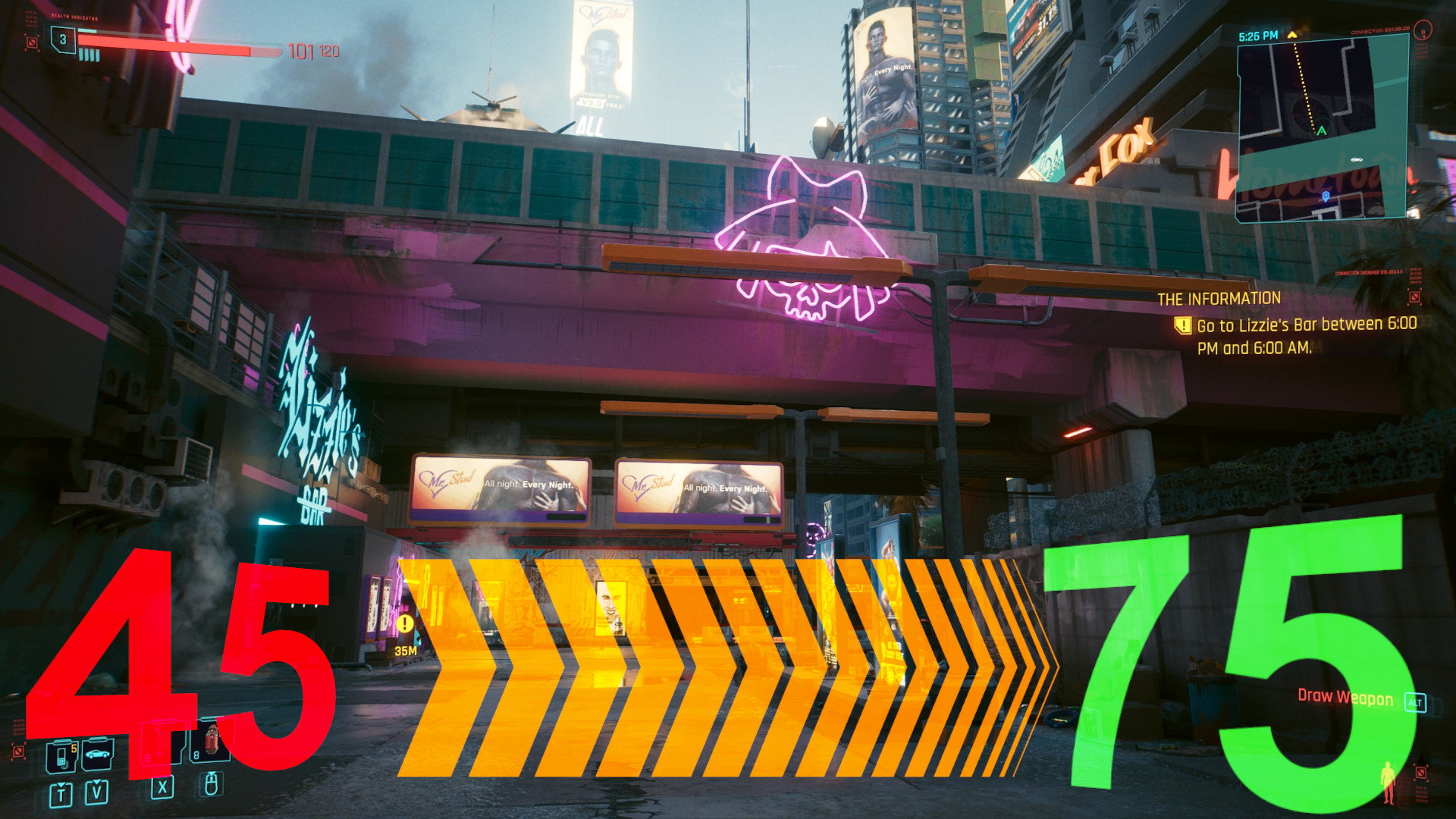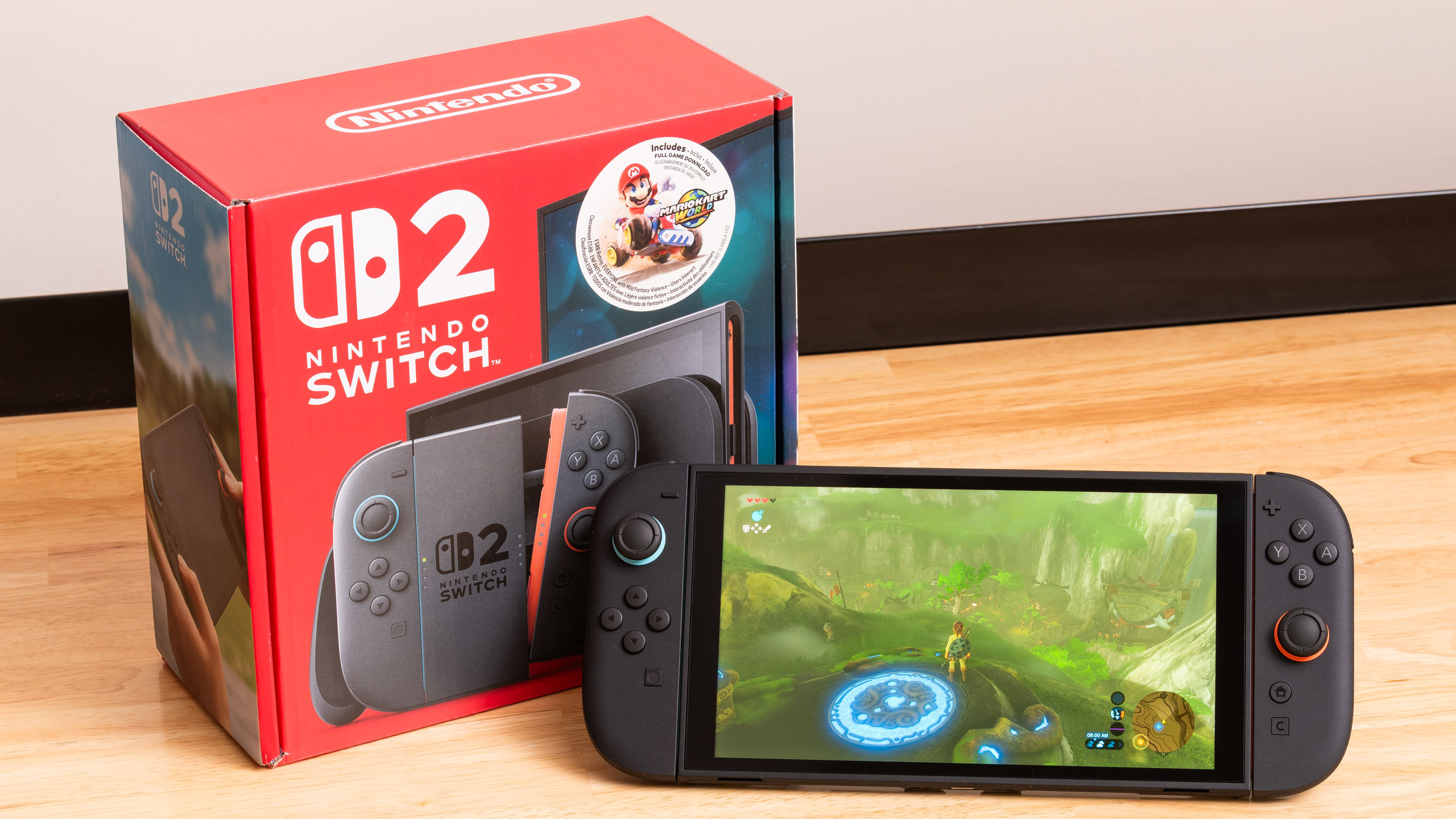Nintendo Switch 2 supports two different types of Nvidia DLSS — A second, 'light' version for upscaling beyond 1080p, along with the standard, PC-like CNN model

The Nintendo Switch 2 is the only mainstream console that comes with Nvidia hardware inside, while Microsoft and Sony rely on AMD. Therefore, the Switch 2 supports Nvidia's proprietary DLSS technology that helps it upscale games to 1080p and beyond, which is crucial in a handheld with power constraints. It was long speculated that the version of DLSS present on the Switch 2 was unique and unlike the standard models available on PC, and Digital Foundry's latest testing has confirmed that.
While looking at a diverse selection of titles like Cyberpunk 2077, Street Fighter 6, Hogwarts Legacy, Star Wars Outlaws, The Touryst, and Fast Fusion; Digital Foundry observed that there are two different DLSS versions at work.
First up, there's "Fat DLSS" that resembles the CNN-based model found on PC, and this can only upscale games to 1080p. It has a cleaner, sharper image in motion, less artifacting, better antialiasing, and smoother camera cuts. Objects move in and out of motion almost identically to how they would on PC — which is to say, gracefully.
But, as mentioned, it's limited to 1080p. To go past that resolution, Nvidia and Nintendo have developed a special "DLSS Light" which can upscale to greater resolutions (remember, Switch 2 is marketed for up to 4K when docked). This version looks better in stills, but looses sharpness as soon as you move because reconstruction techniques get temporarily disabled. It introduces artifacts where you can see unfiltered pixels, but at the benefit of half the frame-time cost, which allows it to scale way past just 1080p.

This goes to show just how demanding the original version of DLSS is; it doesn't make sense to run that on every game, especially in handheld mode. When you need to reach resolutions higher than 1080p, the light model should still be better, despite its inferior temporal performance. What remains to be seen, though, is whether the newer, more efficient Transformer-based model of DLSS can somehow make its way onto the Switch 2 in the future.
Digital Foundry even reached out to an unnamed but respected developer familiar with DLSS on the Switch, who confirmed that two versions of the tech do indeed exist in the pipeline to choose from. The light version is newer, and more uniquely suited to the Switch 2's hardware capabilities. We haven't seen any first-party Nintendo game utilize DLSS so far either, so that's also something to keep an eye on, given how most Nintendo games focus on precise movement and controls.
Follow Tom's Hardware on Google News, or add us as a preferred source, to get our up-to-date news, analysis, and reviews in your feeds. Make sure to click the Follow button!
Get Tom's Hardware's best news and in-depth reviews, straight to your inbox.

Hassam Nasir is a die-hard hardware enthusiast with years of experience as a tech editor and writer, focusing on detailed CPU comparisons and general hardware news. When he’s not working, you’ll find him bending tubes for his ever-evolving custom water-loop gaming rig or benchmarking the latest CPUs and GPUs just for fun.
